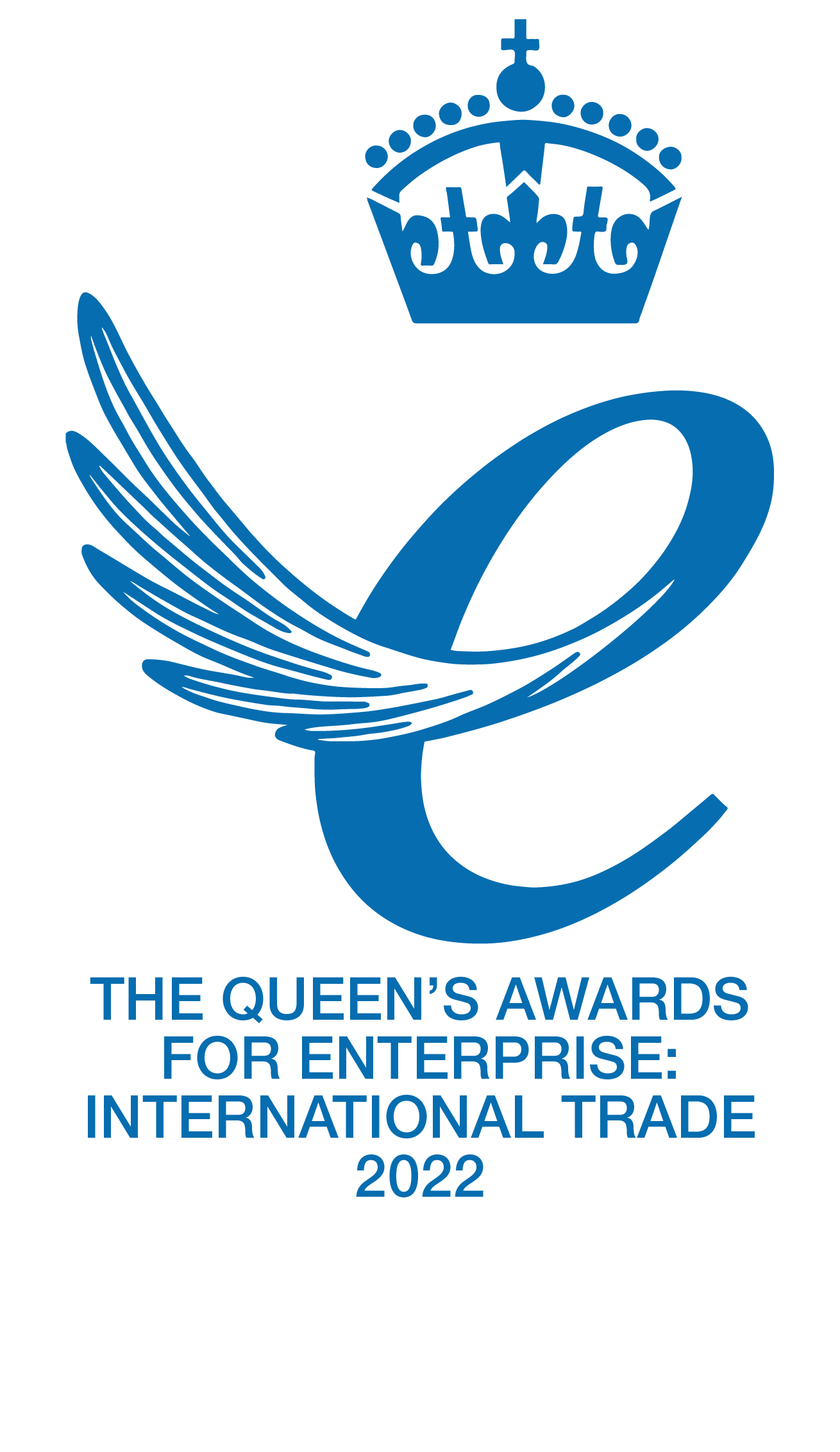In 2018 a fire on board small passenger vessel Island Lady in Florida, USA injured 15 passengers and tragically one passenger died several hours after the fire. The vessel suffered a constructive total loss.In a recent U.S. National Transportation Safety Board (NTSB) report as to the cause of the fire, the NTSB concluded that:
“The lack of a requirement for a fire detection and suppression system in an unmanned space containing engine exhaust tubing prevented early detection of, and a swifter response to, the fire in the lazarette.
The Island Lady’s crew had insufficient firefighting training and preventative maintenance program.”
This tragedy must remind us all that passengers, crew and vessel have to be protected from fire.
Why does fire safety need to be improved?
“Safety isn’t something you have, it’s something you do,” said NTSB Chairman Robert Sumwalt.
According to Lloyds List, almost 10% of all total losses at sea in the last decade were caused by a fire on board.
When lives are at stake, a lack of fire systems and maintenance of them is unacceptable.
What protects passengers from fire?
A ship’s gaseous extinguishing system typically comprises between 200 and 600 cylinders each containing 45KG of CO2 under high 720 psi/ 49 bar pressure. (Other suppressant clean agents such as FM-200® and Novec™1230 are becoming more widely used.)
How are we failing to protect passengers with these gaseous extinguishing systems?
Because gaseous extinguishing systems are highly pressurised, the risk of leaking and discharging is accepted as part of their use and this is shown in the regulations that demand their upkeep.
IMO SOLAS & FSS Code Chapter 2.1.1.3 – “Means shall be provided for the crew to safely check the quantity of the fire extinguishing medium in the containers.”
Some marine service companies estimate that 20% of a ship’s CO2 cylinders have discharged or partially leaked their contents at some point in their lifetime also know that occasionally marine “servicing companies” unintentionally leave it disabled.
What is the solution?
The crew must take responsibility for its own fire protection.
Using an ultrasonic liquid level indicator is the only way that the crew can safely test their CO2 without disturbing them. Coltraco Ultrasonics designed the Portalevel® MAX Marine & Portamarine® ultrasonic liquid level indicators, as radioactive units were being phased out. If shipping companies implemented the IMO SOLAS FSS codes by testing safely and quickly (just 30-60 seconds per cylinder) by using liquid level indicators and marine servicing companies were able to do their work without allowing for time pressures, then vessels would be far safer.
Solutions for the monitoring of the vessels gaseous extinguishing system exist:
- Portalevel® MAX Marine liquid level indicators used by the crew weekly to test for contents
- Portasteele® CALCULATOR converts the liquid level readings into a weight measurement, logging the recorded data with easy exporting via email. By reducing time needed for reports, more time can be spent on ensuring the safety of the vessel.
- Portascanner® WATERTIGHT, watertight integrity test indicators used by the crew to test for compartmentation
- Portapipe® pipework integrity indicators used to test for pipework obstructions and the Portagauge® thickness gauges for pipework corrosion
Keywords:Passenger Vessel, Cruise, Ferry, Fire, Marine






